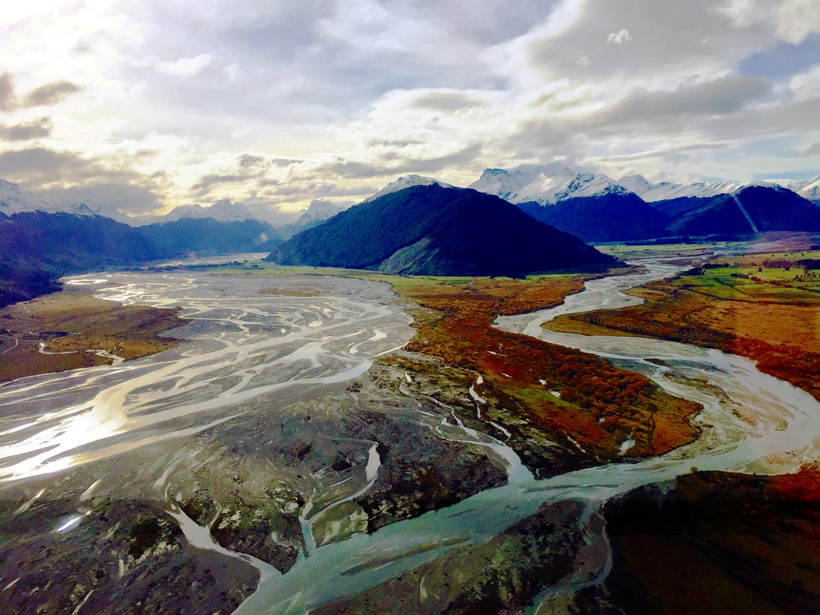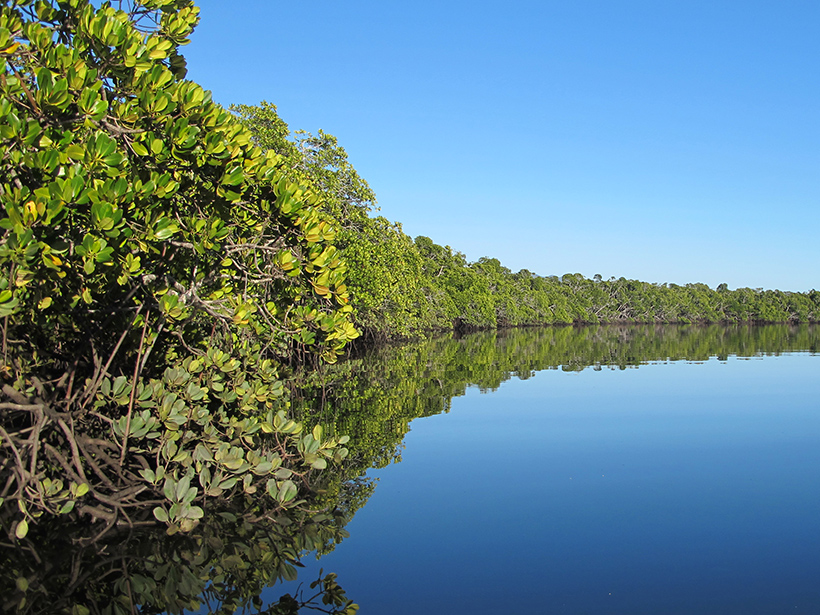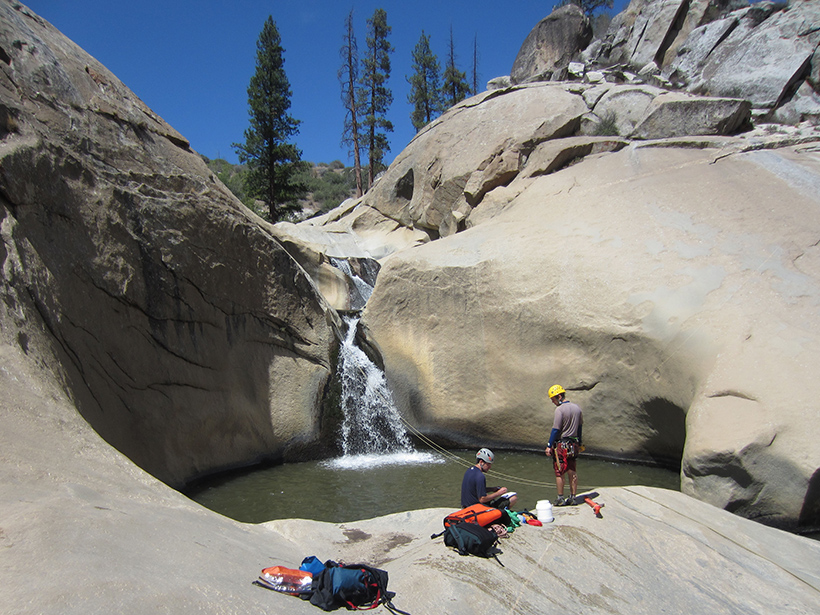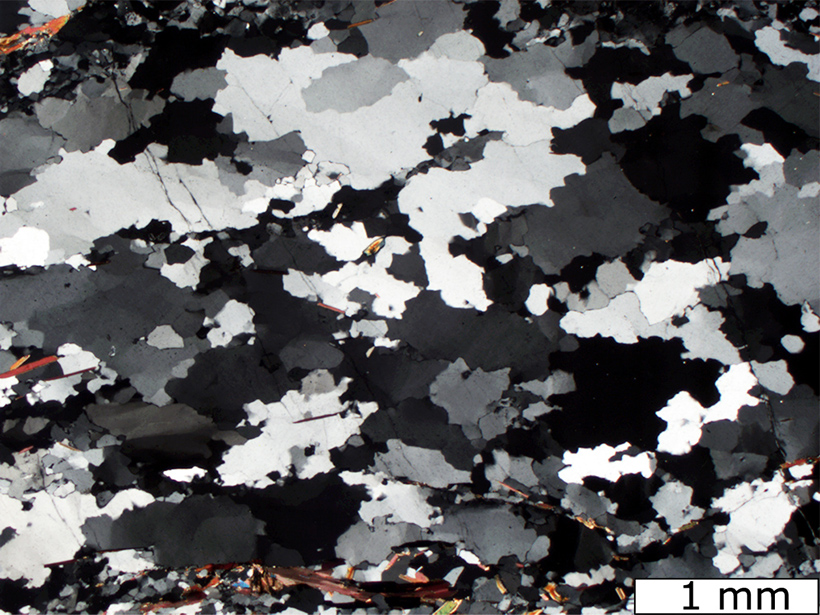First results of the Last Millennium Climate Reanalysis Project demonstrate the potential of the method to improve historical climate estimates by linking proxy data with climate models.
Research Spotlights
Research spotlights are plain-language summaries of recent articles published in AGU’s suite of 24 journals.
The Fate of Hydrocarbons Seeping from the Ocean Floor
Researchers investigate the properties of bubbles at deep-ocean oil seeps to improve oil spill models.
Defining the Onset and End of the Indian Summer Monsoon
A new, objective definition of the onset of the summer monsoon could improve predictions of rainfall in India.
A River Runs Through It, but Why?
Researchers investigate the factors that cause river terraces to form.
The Mathematics of Braided Rivers
River researchers find a mathematical relationship that predicts the average shape of a riverbed over a defined distance, opening the door to new ideas about modeling braided rivers.
Can Mangroves Buffer Ocean Acidification?
New research evaluates the ability of coastal foliage to influence the ocean's pH.
Curiosity Sends Curious Water Data from Mars
The rover's neutron spectroscopy instrument hints at an unexpected trend: The upper soil levels in the layers of Gale Crater's Kimberley formation seem to hold more water-associated hydrogen.
Plunging into Waterfall Sediment Transport Modeling
A first-of-its-kind model describes how pools at the base of waterfalls adjust their depth to keep up with sediment flow.
Despite Dryness, Quartz Grains Can Deform in Earth's Crust
A comparison of water content in undeformed and deformed quartz indicates that grains may change shape via weakening processes that cannot be duplicated in laboratory experiments.
How Regional Wind Patterns Will Influence Climate Change
Climate change is expected to cause wet regions to get wetter and dry regions to get drier, but new research suggests that the truth is more complicated.







